- Home
- Articles
- Architectural Portfolio
- Architectral Presentation
- Inspirational Stories
- Architecture News
- Visualization
- BIM Industry
- Facade Design
- Parametric Design
- Career
- Landscape Architecture
- Construction
- Artificial Intelligence
- Sketching
- Design Softwares
- Diagrams
- Writing
- Architectural Tips
- Sustainability
- Courses
- Concept
- Technology
- History & Heritage
- Future of Architecture
- Guides & How-To
- Projects
- Interior Design
- Competitions
- Jobs
- Store
- Tools
- More
- Home
- Articles
- Architectural Portfolio
- Architectral Presentation
- Inspirational Stories
- Architecture News
- Visualization
- BIM Industry
- Facade Design
- Parametric Design
- Career
- Landscape Architecture
- Construction
- Artificial Intelligence
- Sketching
- Design Softwares
- Diagrams
- Writing
- Architectural Tips
- Sustainability
- Courses
- Concept
- Technology
- History & Heritage
- Future of Architecture
- Guides & How-To
- Projects
- Interior Design
- Competitions
- Jobs
- Store
- Tools
- More
Boost Productivity: Discover the Benefits of Minimalist Design
Discover how adopting minimalist design can boost productivity by creating distraction-free environments that enhance focus and efficiency. Learn the psychological benefits and practical applications of simplicity to transform home offices and digital workspaces.

In a world cluttered with distractions, minimalist design offers a breath of fresh air that can significantly boost our productivity. By stripping away the non-essential, minimalist spaces create an environment where focus and efficiency thrive. It’s not just about aesthetics; it’s about crafting a space that supports our goals and streamlines our workflow.
We often underestimate the impact our surroundings have on our ability to concentrate. A minimalist approach helps us eliminate visual noise, allowing our minds to settle and concentrate on the task at hand. With fewer distractions, we can channel our energy into what truly matters, enhancing our work output and creativity.
Moreover, minimalist design encourages intentionality in every choice we make, from the furniture we select to the way we organize our digital spaces. By embracing simplicity, we can transform our environments into powerful tools for productivity, helping us achieve more with less effort.
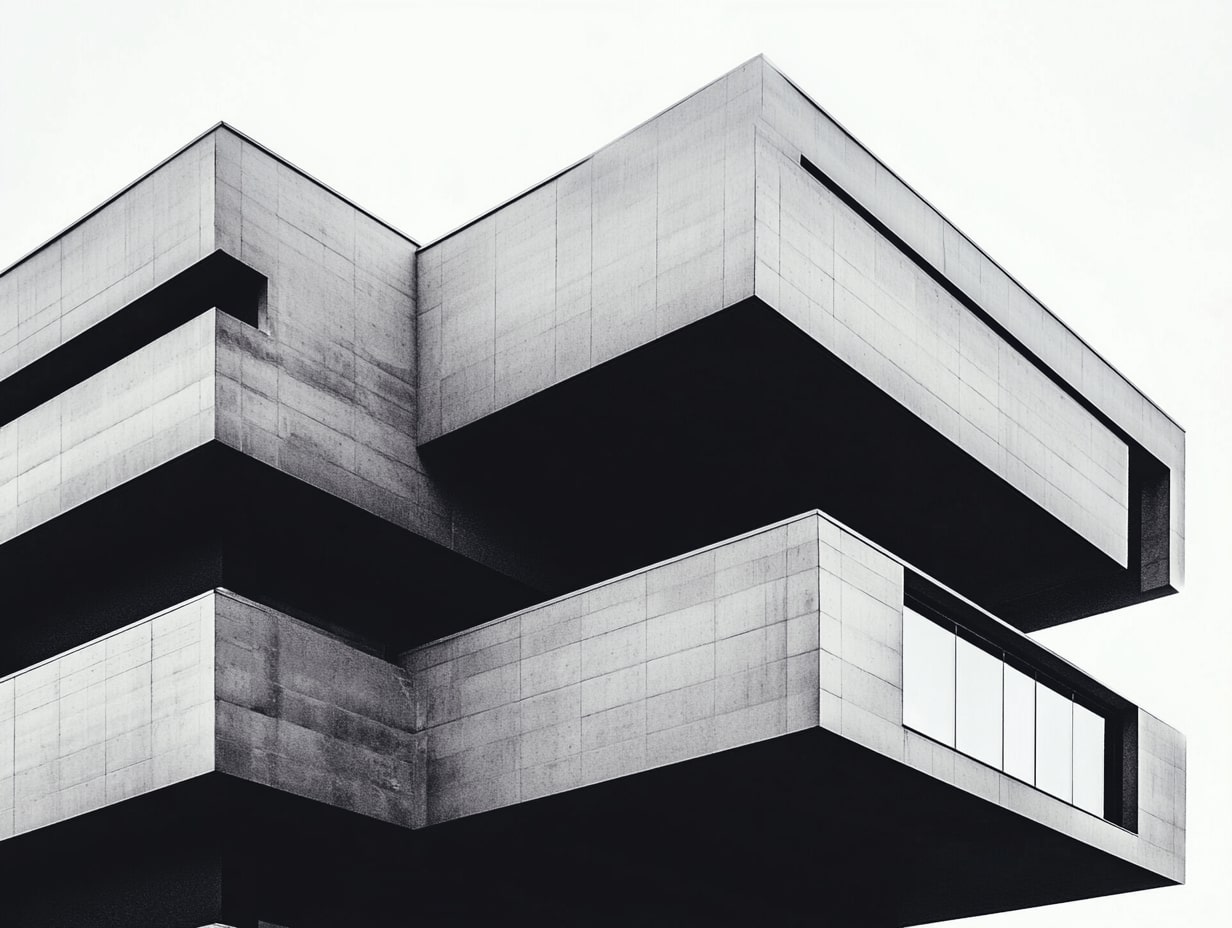
Table of Contents
ToggleUnderstanding Minimalist Design
Minimalist design revolves around simplicity and functionality. It removes unnecessary elements, focusing on what’s essential while creating a clean visual experience. By prioritizing simplicity, we can eliminate clutter, reducing cognitive overload and allowing for improved concentration on tasks. Minimalist aesthetics, marked by neutral colors and sleek lines, create a calming environment that supports productivity. When we apply minimalist design to our spaces, whether physical or digital, we experience enhanced clarity and efficiency. Emphasizing utility over excess, this approach helps us streamline our activities, leading to effective time management and goal attainment.
How Minimalist Design Enhances Productivity
Minimalist design transforms work environments by eliminating distractions, fostering improved productivity. We create spaces that support focus and creativity by embracing this design philosophy.
Reducing Clutter
Minimalist design prioritizes removing excess items that contribute to disarray. By organizing only what’s essential, we reduce visual clutter, promoting mental clarity and enhancing task performance. A study in the Journal of Environmental Psychology found that reducing clutter leads to lower stress and improved cognitive function.
Improving Focus
Clear environments sharpen attention and reduce the tendency to multitask. When distractions are minimized, we find it easier to concentrate on current tasks. This focus improvement builds efficiency and allows for deeper engagement with projects, ultimately leading to higher output quality.
Encouraging Simplicity
Simplicity in design supports streamlined processes and decisions. By focusing on essential elements, we minimize decision fatigue and maintain mental energy for critical activities. Using clean visual cues and straightforward layouts, minimalist design reinforces functional usefulness, encouraging productive routines.
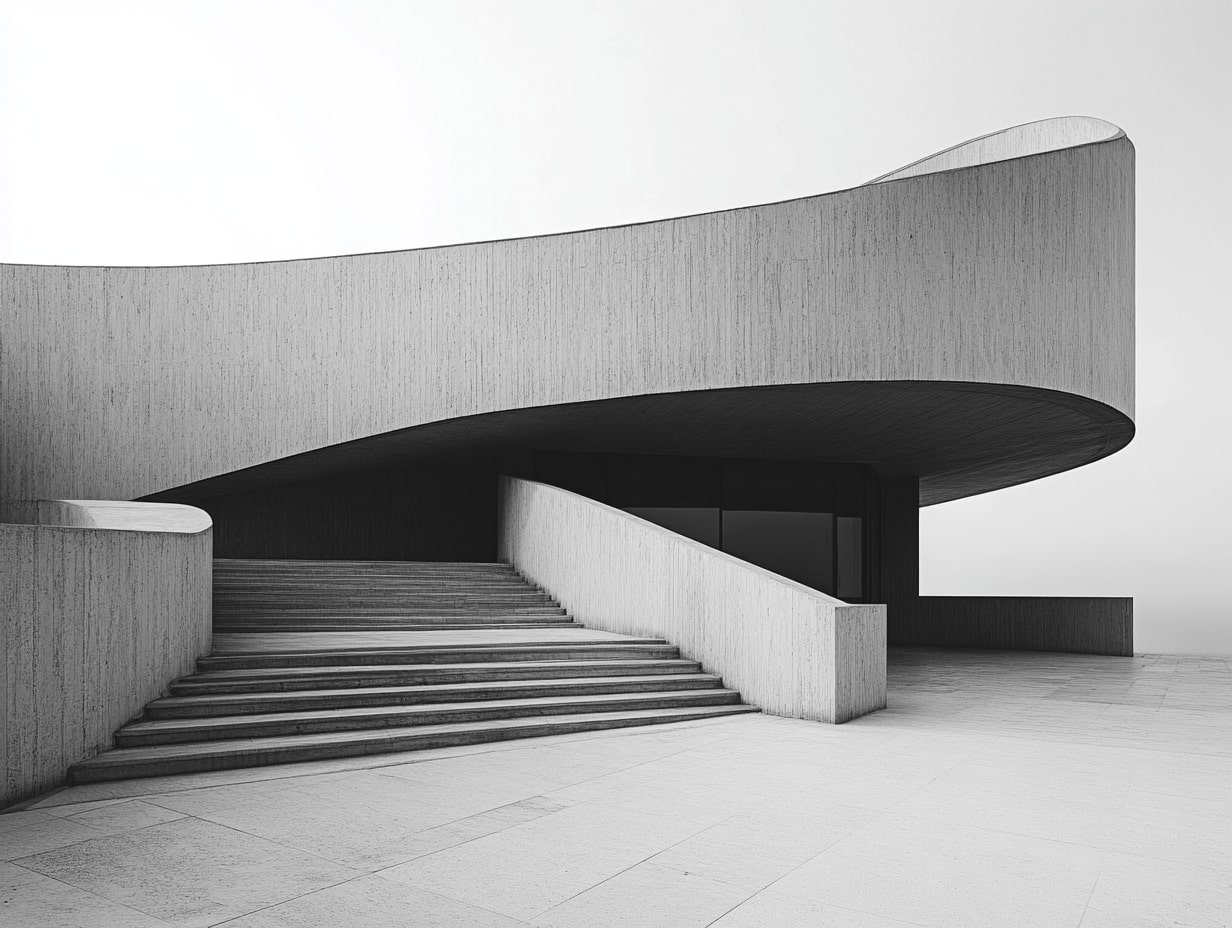
Psychological Benefits of Minimalism
Minimalism offers significant psychological advantages, impacting productivity by fostering a positive mental state. By embracing a minimalist design, we can experience improvements in focus, mental clarity, and stress reduction.
Stress Reduction
A clutter-free environment reduces stress by eliminating visual discord. When we surround ourselves with only essential items, we create a space that alleviates anxiety. Studies show that organized spaces lower cortisol levels, the hormone responsible for stress. Minimalism’s simplicity enables us to unwind and concentrate, fostering improved productivity.
Boosting Mental Clarity
Minimalism enhances mental clarity by removing distractions. In a minimalist setting, our minds can focus more effectively, allowing for clearer thought processes. Research indicates decluttered environments sharpen cognitive functions and reduce information overload. By reducing extraneous stimuli, we encourage concentration and sustain productivity, which is essential for effective work output.
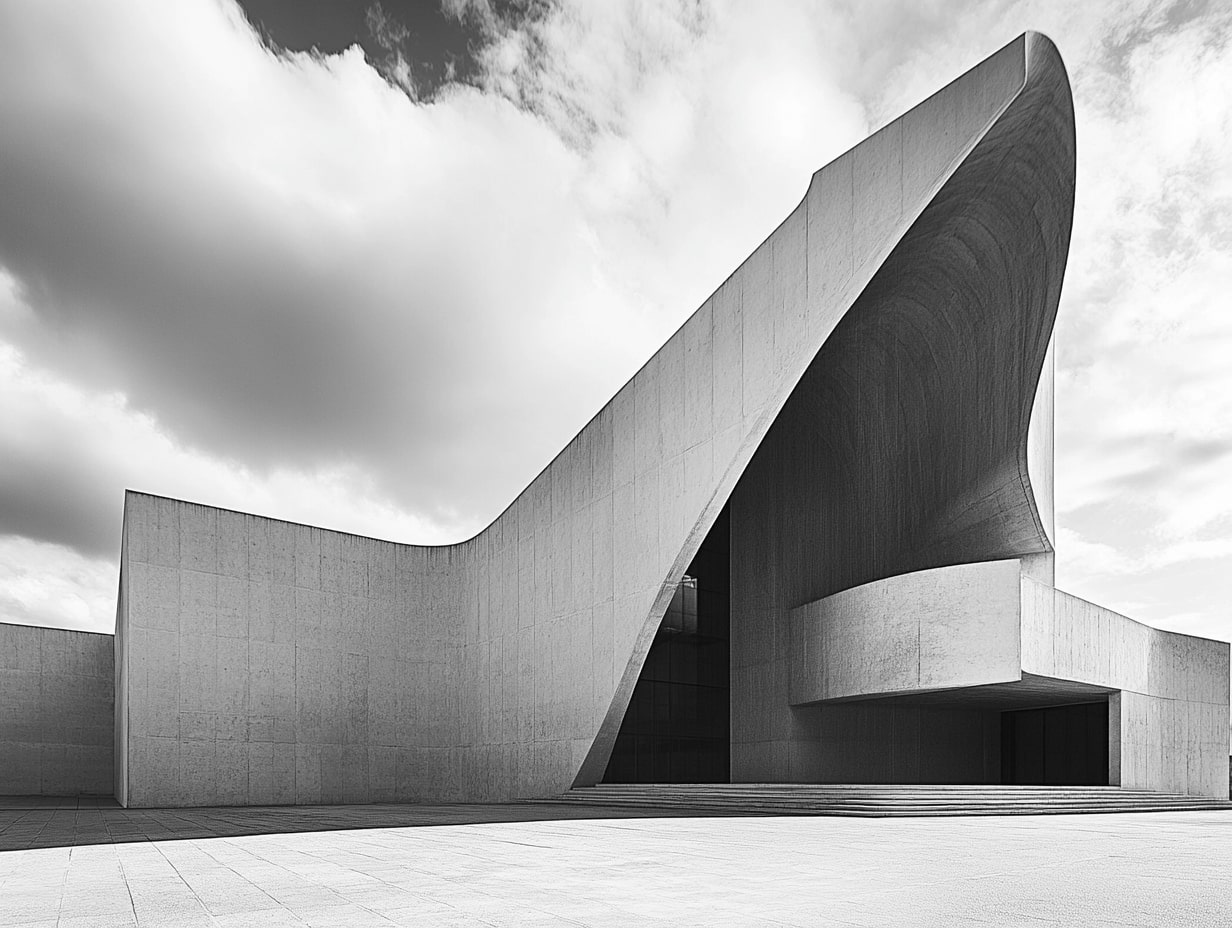
Practical Applications of Minimalist Design
Minimalist design enhances productivity by organizing spaces in specific ways. Here, we explore its practical applications in home office and digital workspaces.
Home Office Spaces
In home office spaces, minimalist design optimizes layout to minimize distractions. By eliminating excess furniture, adopting neutral colors, and emphasizing clean lines, we create spaces that inspire focus. Essential equipment, such as ergonomic chairs and adequate lighting, improves comfort and task efficiency. Shelving systems and concealed storage options keep clutter at bay while maintaining easy access to needed items. A 2019 study in the Journal of Environmental Design found that organized, minimalist home offices increase productivity by 15% due to reduced mental distractions.
Digital Workspaces
For digital workspaces, minimalist design simplifies interfaces by streamlining features and optimizing usability. We use reduced color palettes and strategically placed elements for intuitive navigation. Applications like Notion and Microsoft OneNote incorporate minimalist design by offering clutter-free, customizable environments that enhance usability and efficiency. An analysis of productivity apps by UX Collective revealed that minimalist-designed apps decrease user error rates by 20%, promoting focused work and decreasing cognitive load. By reducing on-screen distractions, these designs enhance concentration, enabling more efficient digital workflows.

Case Studies and Examples
Exploring real-life examples highlights the effectiveness of minimalist design in boosting productivity. Individuals and organizations that embrace minimalism often report significant improvements in their performance.
Successful Individuals Utilizing Minimalism
Several prominent figures credit minimalist design with enhancing their productivity. Steve Jobs, co-founder of Apple, famously embraced simplicity in both his personal life and product designs. By focusing solely on essential elements, Jobs was able to maintain a productive and inventive work environment, leading to the creation of iconic products.
Marie Kondo, the organizing consultant and author of “The Life-Changing Magic of Tidying Up,” advocates for minimalism to spark joy and improve focus. Her methods emphasize decluttering to free up mental space, allowing individuals to operate more effectively in their daily lives.
Graham Hill, founder of LifeEdited, exemplifies minimizing physical possessions to maximize efficiency. By streamlining his living and working spaces, Hill demonstrates how minimalism reduces distractions, enabling clearer thinking and more deliberate actions.
These examples illustrate how successful people leverage minimalist design to enhance their daily work environments, proving its effectiveness in fostering productivity and creativity.
Conclusion
Embracing minimalist design significantly enhances productivity by creating spaces that minimize distractions and encourage focus. By adopting simplicity and functionality, we effectively reduce clutter and cognitive overload. This not only supports mental clarity and task performance but also lowers stress and improves decision-making. Real-life examples from renowned individuals highlight the transformative impact of minimalism, proving that streamlined environments lead to greater productivity and creativity.
- boost productivity with design
- clean design for productivity
- declutter design
- effective minimalist design
- enhance productivity minimalist
- functional minimalist design
- minimal design workspace
- minimalism and efficiency
- minimalism in design
- Minimalist Design
- minimalist design benefits
- minimalist design productivity tips
- minimalist home office design
- minimalistic design ideas
- optimizing space minimalist
- productivity minimalist office
- productivity through minimalist design
- simple design for productivity
- streamlined design
Submit your architectural projects
Follow these steps for submission your project. Submission FormLatest Posts
Best Tools for Tracking Construction Labor Hours
Quick View of the Products Listed Best Overall: Workyard – Complete construction...
More Than a Gate: Designing a Secure and Stylish Home Entryway
A property’s entrance tells a story before a single guest steps inside....
Employer Liability and Smartphones: When Work Texts Cause Crashes
In today’s connected world, it’s nearly impossible to separate work from daily...
What Are the Best Topics for Architectural CE?
By now, every architect in the United States understands that continuing education...





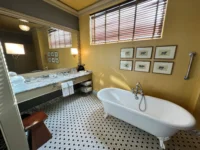



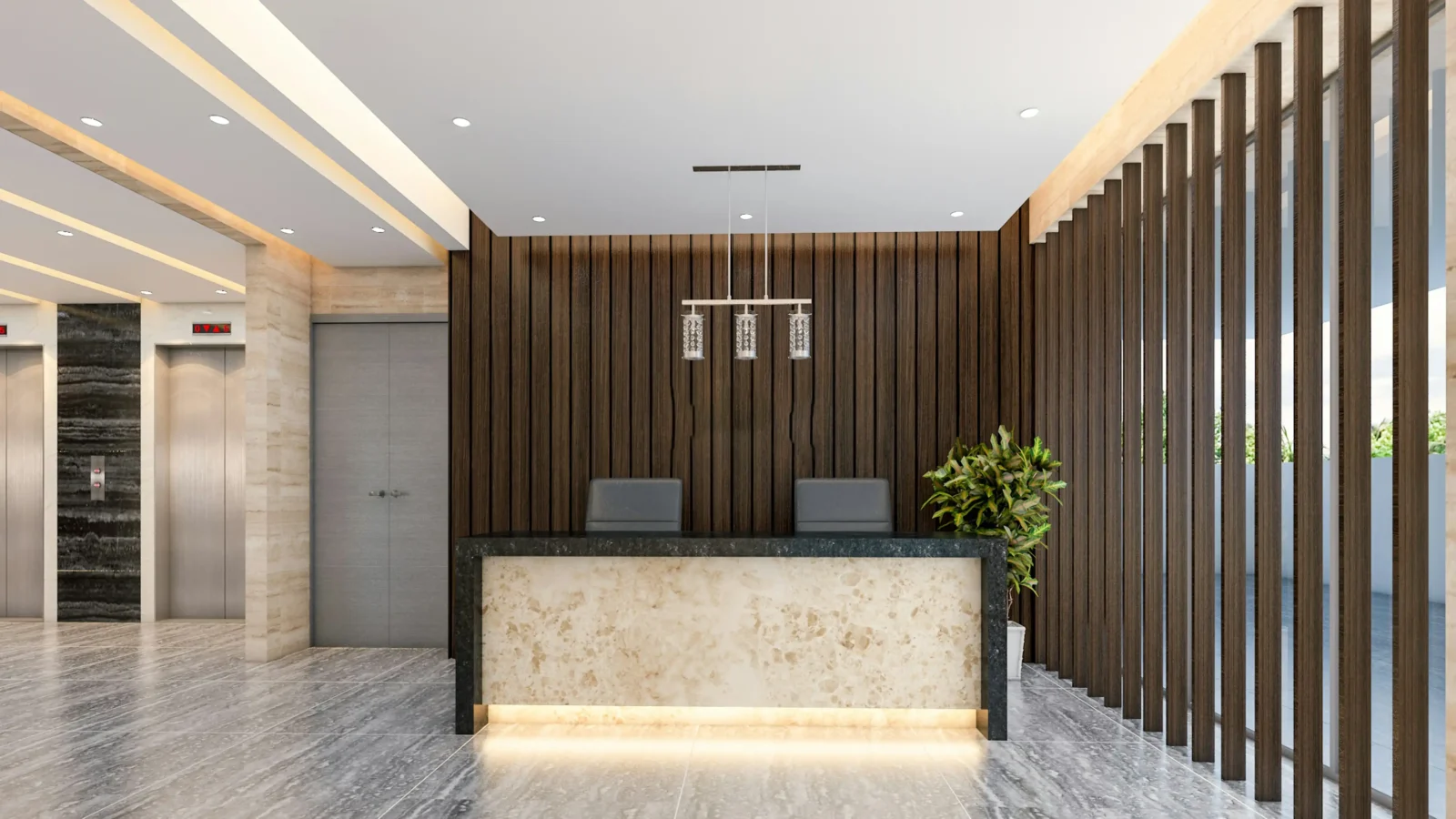
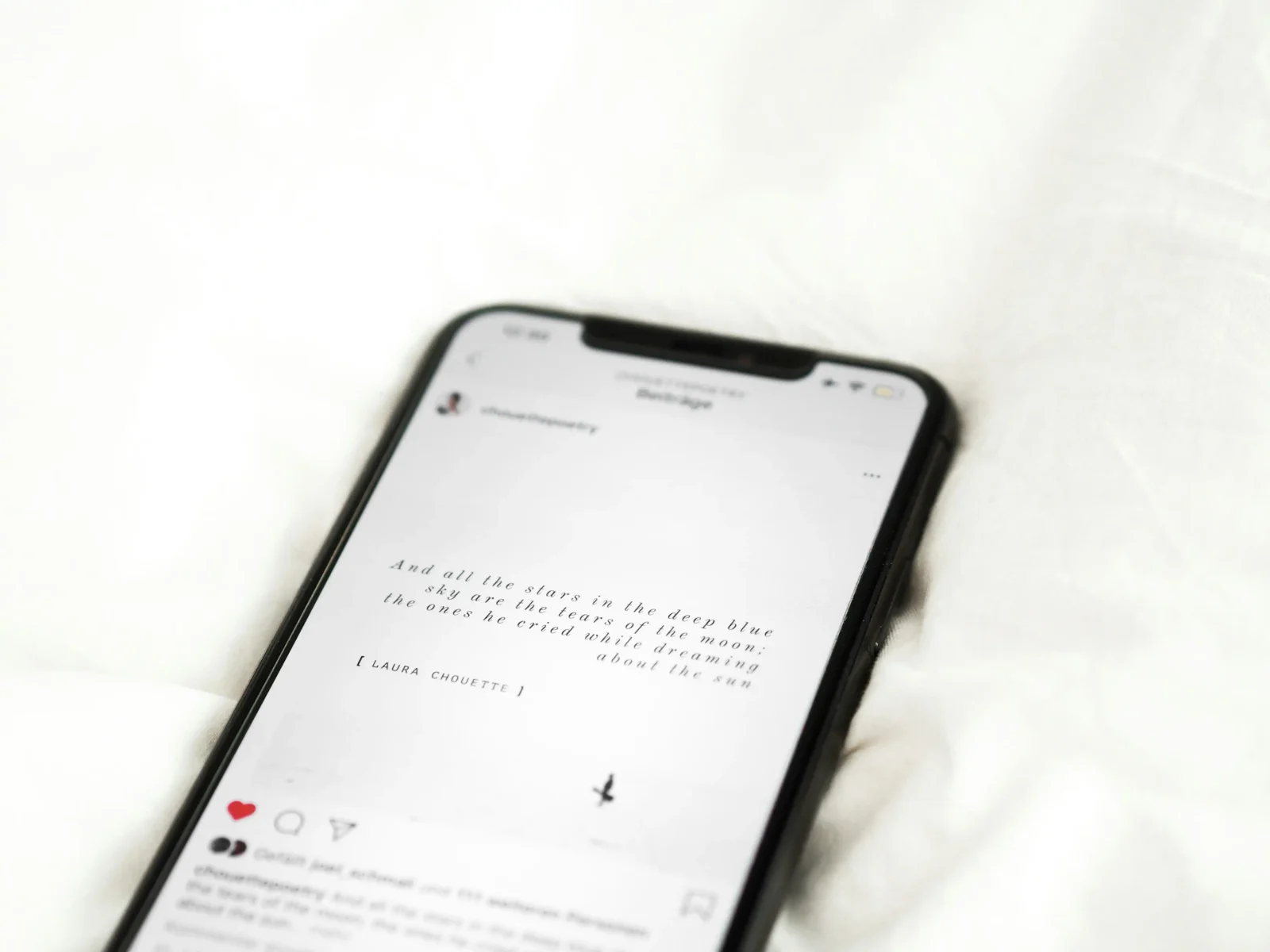
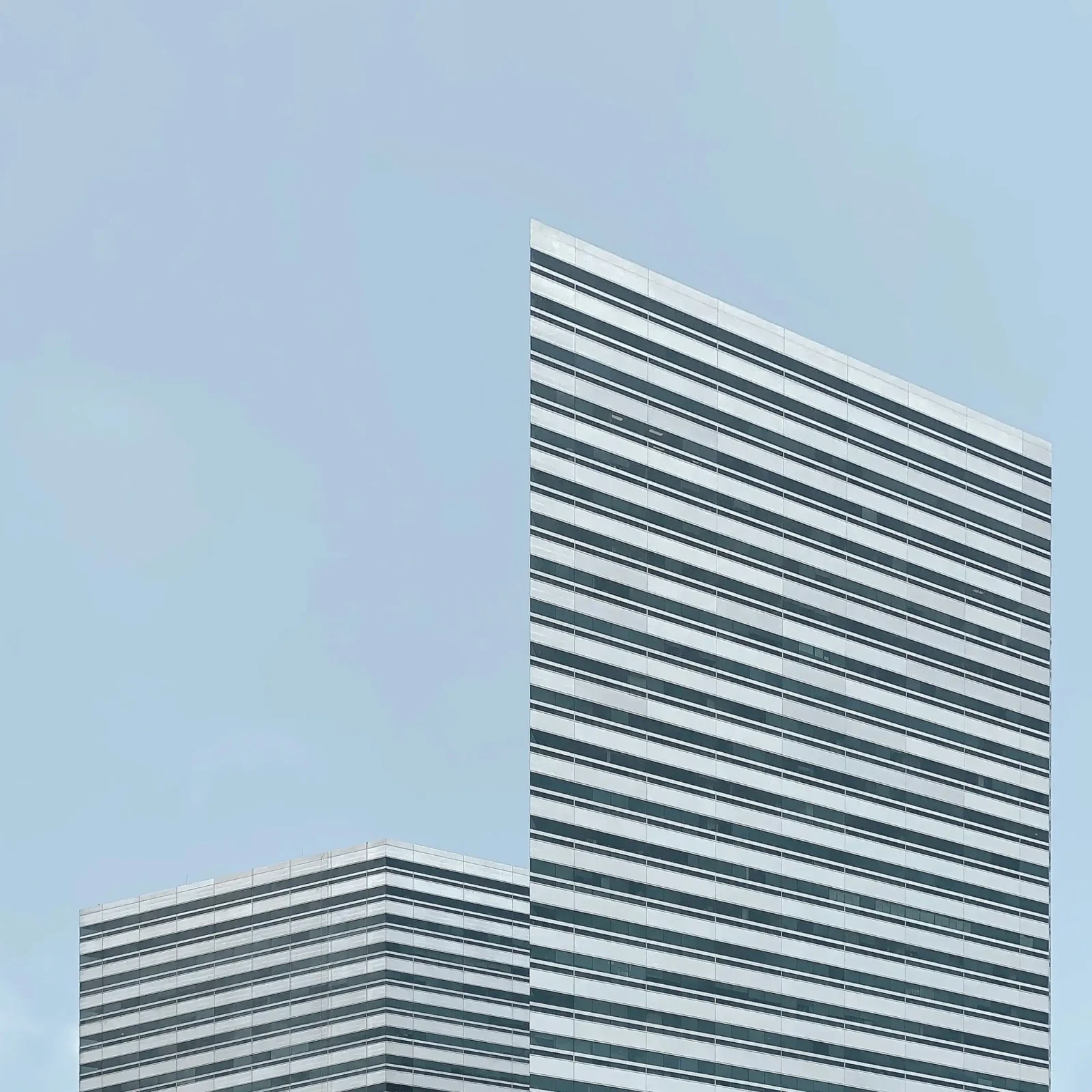
Leave a comment